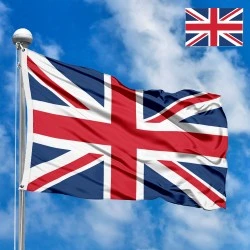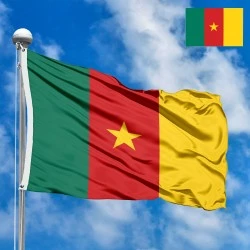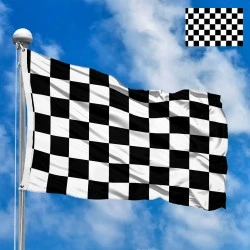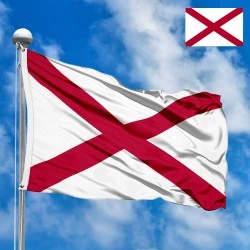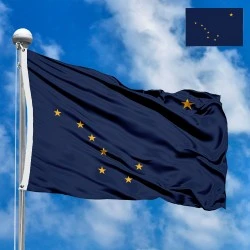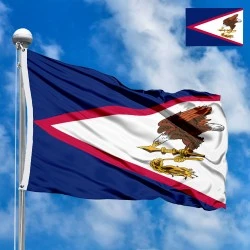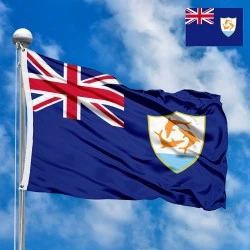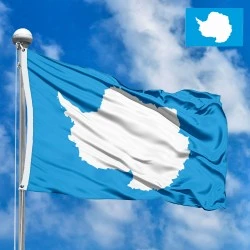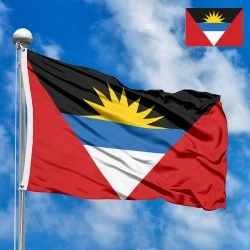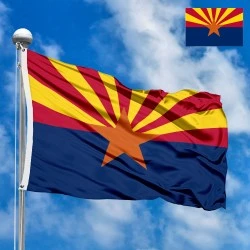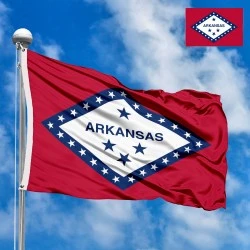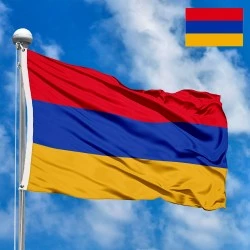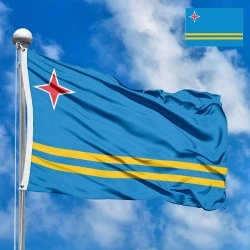Flag of Ireland
- Flag Type: State
- Proportions (official): 1:2
- Official name: Ireland
- Local name: Ireland
- Sovereignty (year): YES (1922)
- Member of Organizations: UN, European Union
- Country code, territory: IE, IRL, 372
- Capital: Dublin
- Large cities: Cork, Limerick, Galway, Waterford
- Population: 5,302,600 (2024, CSO)
- Religions: Catholic ~70%, other/none ~30%
- Area (km²): 70 273
- Highest point: Carrauntoohil (1,038 m)
- Lowest point: Atlantic Ocean (0 m)
- Currency: Euro (EUR, €)
- Languages: Irish, English
- Dialing code: +353
- National domain: .ie
Flag Information
General information
Demography and Culture
Economy and communications
- All Flags
- Flags of Countries by Continent
-
Flags of Organizations
- Flags of UN countries
- Flags of the European Union countries
- Flags of NATO countries
- Flags of the countries of the Organization of Islamic Cooperation
- Flags of the countries of the Organization of American States
- Flags of the Arab League countries
- Flags of the African Union countries
- Flags of the countries of the Union of South American Nations
- Flags of the Commonwealth of Nations
- Flags of the countries of the Secretariat of the Pacific Community
- Flags of the Nordic Council countries
- Flags of the Caribbean Community
- Flags of the countries of the Association of Southeast Asian Nations
- Flags of the East African Community
- Flags of the countries of the Organization of Turkic States
- LGBT Community Flags
- Historical Flags
- Ethnic Flags
- Flags of the USA (states)
Description
The national flag of Ireland, often called the Irish Tricolour, is a powerful and universally recognized symbol of Irish identity, independence, and the aspirations for peace and unity on the island. Its design is elegantly simple yet profoundly meaningful: three vertical stripes of equal width, green at the hoist, white in the middle, and orange at the fly. This vibrant banner, deeply rooted in the nationalist movements of the mid-19th century and officially adopted as the national flag of the Irish Free State in 1922 (and later the Republic of Ireland in 1937), embodies a complex history of struggle, resilience, and hope for reconciliation.
Dimensions, Colors, and Arrangement of Elements: The design of the Irish flag is precisely defined by law, ensuring its consistent and revered representation as a paramount national emblem.
-
The flag is composed of three vertical stripes of equal width. From the hoist (left side) to the fly (right side), the colors are green, white, and orange.
-
The proportions (aspect ratio) of the flag are 1:2. This means the flag is twice as wide as it is high, giving it a somewhat elongated rectangular shape, which is a common ratio for national flags.
-
The official shades of the colors are crucial for the flag's accurate appearance and specific meaning, as defined by the Constitution of Ireland and various governmental guidelines:
-
The green represents the Gaelic and native traditions of Ireland, often associated with the island's lush landscape, known as the "Emerald Isle." Historically, green has been the color of Irish nationalism and the republican cause, symbolizing the Catholic population and their aspirations for independence.
-
The white occupies the central position and is the most vital component in terms of symbolism. It represents the hope for peace between the two main traditions on the island: the green (Gaelic/Catholic) and the orange (Protestant/Orangemen). It signifies a lasting truce and a bond of unity between these historically divergent communities.
-
The orange represents the Protestant minority in Ireland, particularly those who supported William of Orange in the Williamite War in Ireland in the late 17th century. This community, often referred to as the "Orangemen," has strong historical and cultural ties to Britain. The inclusion of orange on the flag was a deliberate gesture of inclusivity and reconciliation. The deliberate placement of white between green and orange visually reinforces the aspiration for peace to unite these two distinct communities, creating a harmonious and unified nation.
-
History of the Flag's Creation and Adoption: The evolution of the Irish Tricolour is a deeply significant narrative, tracing the path of Irish nationalism from revolutionary fervor to the establishment of an independent state.
-
Prior to the Tricolour, various flags were associated with Ireland, most notably the green flag with a gold harp, which had been a symbol of Irish nationalism since the 17th century. This flag, though widely used, never achieved official national status under British rule.
-
The concept of the Tricolour, directly inspired by the French Tricolour and its revolutionary ideals, was first introduced by Thomas Francis Meagher (a leader of the Young Irelanders movement) in 1848. He brought the flag from France to Ireland and first unfurled it in Waterford city. Meagher, a staunch nationalist, explicitly articulated the flag's symbolism: green for the native Irish, orange for the Protestant minority, and white for the lasting truce and peace between them.
-
Despite its symbolic power, the Tricolour did not immediately gain widespread acceptance. It was seen as a radical symbol, and its use was limited during periods of intense British suppression. However, it was used by small groups of nationalists.
-
The flag gained significant prominence during the Easter Rising of 1916. It was hoisted above the General Post Office in Dublin, alongside a green flag with the words "Irish Republic." Although the Rising was suppressed, the Tricolour became inextricably linked with the revolutionary cause and the aspiration for an independent Irish Republic.
-
Following the War of Independence (1919-1921) and the signing of the Anglo-Irish Treaty, the Tricolour was officially adopted as the national flag of the Irish Free State upon its establishment in 1922.
-
When the Irish Free State was formally replaced by Éire (Ireland) with the enactment of the Constitution of Ireland in 1937, Article 7 of the Constitution formally declared: "The national flag is the tricolour of green, white and orange." This cemented its status as the flag of the sovereign Irish Republic.
-
The flag's symbolism, particularly the white stripe representing peace between the two communities, remains a poignant and aspirational message, especially in the context of Northern Ireland and the ongoing efforts towards reconciliation.
Symbolism and Meaning for Residents: For the people of Ireland, the Tricolour is far more than a national emblem; it is a profound representation of their history, their identity, and their hopes for the future.
-
The green stripe represents the Catholic and Gaelic traditions of Ireland. It evokes the rich history of Irish nationalism, the ancient Celtic heritage, and the island's legendary green landscapes. It symbolizes a connection to the land and the struggle for national self-determination.
-
The orange stripe represents the Protestant community, particularly those who identify with the legacy of William of Orange and the historical unionist tradition. Its inclusion is a deliberate and significant gesture of reconciliation and inclusivity, acknowledging their place within the Irish nation.
-
The white stripe is the most crucial symbolic element. It signifies the hope for lasting peace and understanding between the two historically divided communities – Catholic/Nationalist/Republican (green) and Protestant/Unionist/Loyalist (orange). It is an aspirational statement that unity can be achieved through dialogue and mutual respect, rather than through conflict.
-
The flag therefore stands as a powerful testament to Ireland's journey from colonial rule to an independent republic, embodying the resilience of its people and their unwavering pursuit of self-governance.
-
For Irish citizens both at home and in the diaspora, the flag is a source of immense pride and a tangible link to their heritage. It is prominently displayed on national holidays, especially St. Patrick's Day (March 17th) and Easter Rising commemorations, fostering a strong sense of national unity and shared purpose. It serves as a constant reminder of the nation's past struggles and its enduring commitment to peace and a unified future for all its people.
Interesting Facts: The Irish Tricolour, while seemingly simple, is rich with history and unique characteristics.
-
Inspired by France: The design of the Irish Tricolour was directly inspired by the French Tricolour (blue, white, red), which symbolized revolutionary ideals of liberty, equality, and fraternity. Thomas Francis Meagher, who introduced the flag, had witnessed the 1848 revolution in Paris.
-
First Unfurling: The flag was first unfurled publicly by Thomas Francis Meagher in Waterford City, Ireland, on March 7, 1848, during a period of revolutionary ferment across Europe.
-
Symbol of Reconciliation: Unlike many national flags that primarily represent unity, the Irish Tricolour was designed from its inception to explicitly symbolize reconciliation and peace between the island's two main religious and political traditions: Catholic nationalists (green) and Protestant unionists (orange), bridged by white peace.
-
Easter Rising Prominence: Although existing since 1848, the Tricolour gained widespread recognition and adoption as the symbol of Irish republicanism and nationalism after its prominent use during the Easter Rising of 1916.
-
Constitutional Recognition: The flag's status is enshrined in Article 7 of the Constitution of Ireland (Bunreacht na hÉireann), adopted in 1937, making it a legally protected national symbol.
-
Difference from Côte d'Ivoire: The Irish flag is often confused with the flag of Côte d'Ivoire (Ivory Coast), which has the same colors but in reverse order (orange, white, green) and a different aspect ratio (2:3). This is a common vexillological point of confusion.
-
No Specific Flag Day: Ireland does not have a dedicated "Flag Day" as some countries do. The flag is celebrated and displayed widely on national holidays, especially St. Patrick's Day and the National Day of Commemoration.
-
Proper Display Protocol: Strict protocols exist for the display of the Irish flag, including its dimensions, material, and how it should be hoisted and lowered. For instance, it should not be allowed to trail on the ground or be draped over a vehicle without proper attachment.
-
Evolution from the Harp Flag: Before the Tricolour became dominant, the traditional green flag with a gold harp was the most widely recognized symbol of Irish nationalism. The Tricolour gradually superseded it due to its inclusive symbolism and association with the independence movement.
In the demonstration images, full-size flags are shown with proportions of 2:3, and hand-held flags with proportions of 1:2.
Color
| COLOR | PANTONE | CMYK | RGB | HEX |
|---|---|---|---|---|
| 347 U | 71–0–72–0 | 22–155–98 | #169B62 | |
| White | 0-0-0-0 | 255-255-255 | #ffffff | |
| 151 U | 0–43–91–0 | 255–136–62 | #FF883E |
Donation
Download
Completely free for commercial and non-commercial use (public domain).
You can freely use them in your news magazines, websites, software, mobile applications.
We appreciate a backlink to https://flagssite.com
Vector files - Flag of Ireland (PDF, EPS, SVG, AI)
- .pdf, .eps, .svg, .ai format; RGB color model; Official Proportions.
"30" - image size (by height) in Pixels (px).
!!! For resizing, use the Latin (eng) keyboard layout.
<img src="https://flagssite.com/flags/00svg/20214.svg" height="30" alt="Flag of Ireland">
 Vector files 2:3, 1:2
Vector files 2:3, 1:2
- PDF format; RGB, PANTONE/CMYK color model; aspect ratio - 2:3, 1:2.
Raster files - Flag of Ireland (PNG, JPG)
 Waving flag
Waving flag
- PNG format (transparent background), 72dpi, dimensions in Pixels (px), aspect ratio 3:4.
- 15х20 px
- 30х40 px
- 60х80 px
- 120x160 px
- 240x320 px
 Sizes:
Sizes:
"v15" - image size (by height); if necessary, replace with available: v15, v30, v60, v120, v240.
!!! For resizing, use the Latin (eng) keyboard layout.
<img src="https://flagssite.com/flags/v15/20214.png" alt="Flag of Ireland">
 Round flag
Round flag
- PNG format (transparent background), 72dpi, dimensions in Pixels (px), aspect ratio 1:1.
"d15" - image size (diameter); if necessary, replace with available: d15, d30, d60, d120, d240.
!!! For resizing, use the Latin (eng) keyboard layout.
<img src="https://flagssite.com/flags/d15/20214.png" alt="Flag of Ireland">
 Rectangular flag 2:3
Rectangular flag 2:3
- JPG format, 72dpi, dimensions in Pixels (px), aspect ratio 2:3.
"h30" - image size (by height); if necessary, replace with available: h15, h30, h60, h120, h240, h360, h480.
!!! For resizing, use the Latin (eng) keyboard layout.
<img src="https://flagssite.com/flags/h30/20214.jpg" alt="Flag of Ireland">


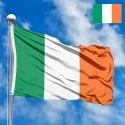
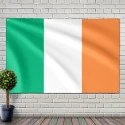
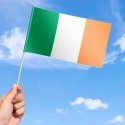
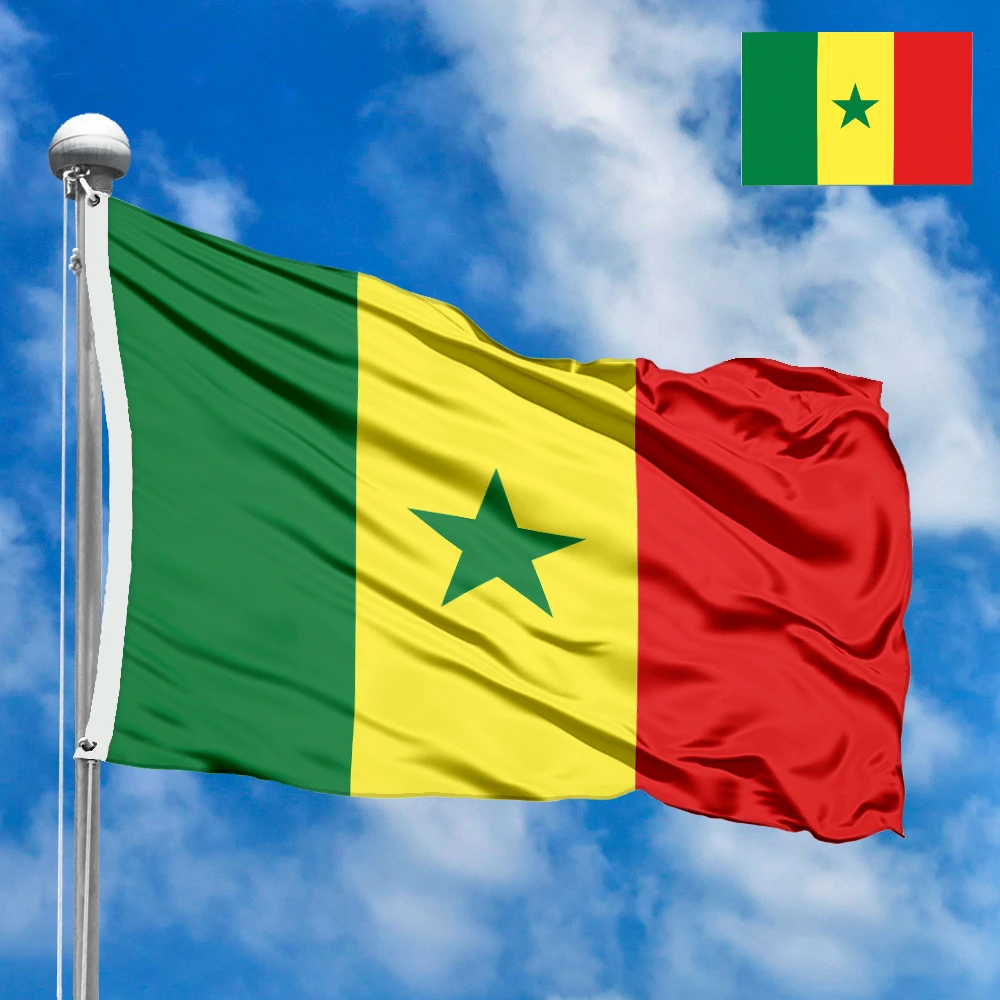
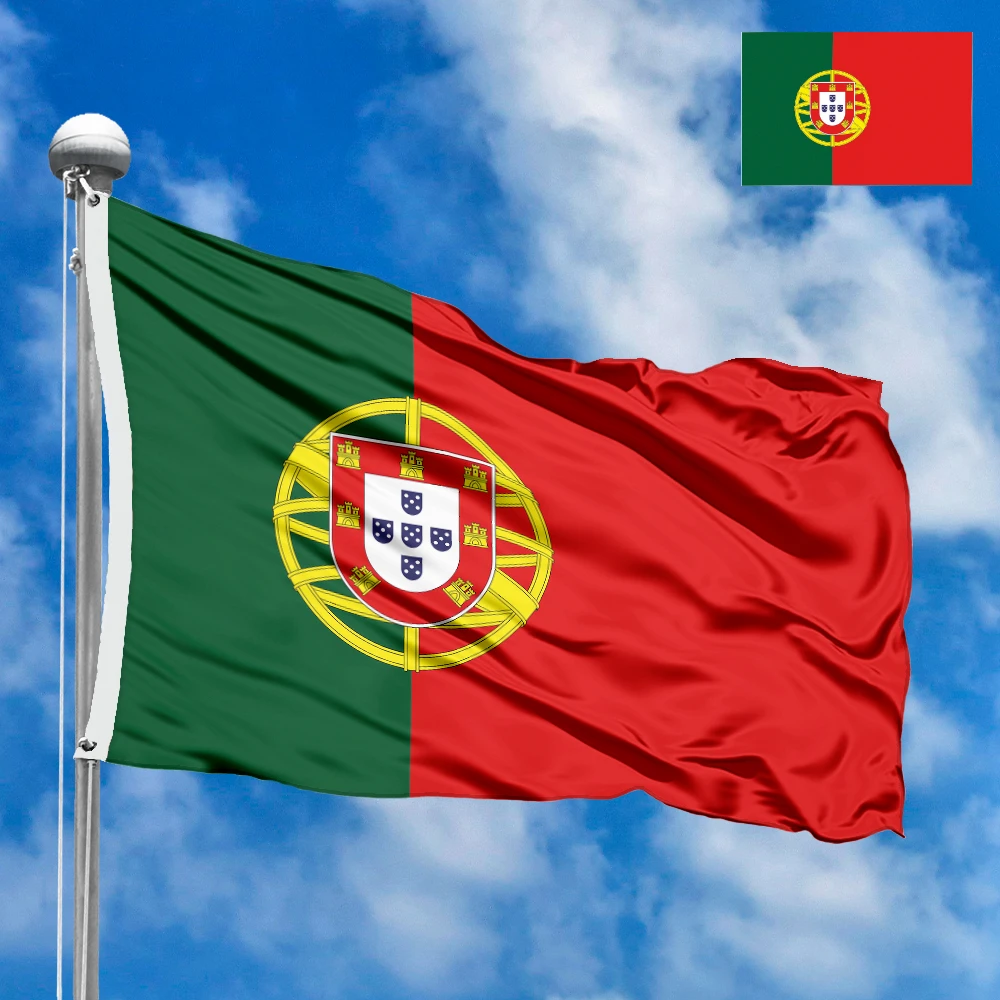

 Sizes:
Sizes:
 Sizes:
Sizes:
